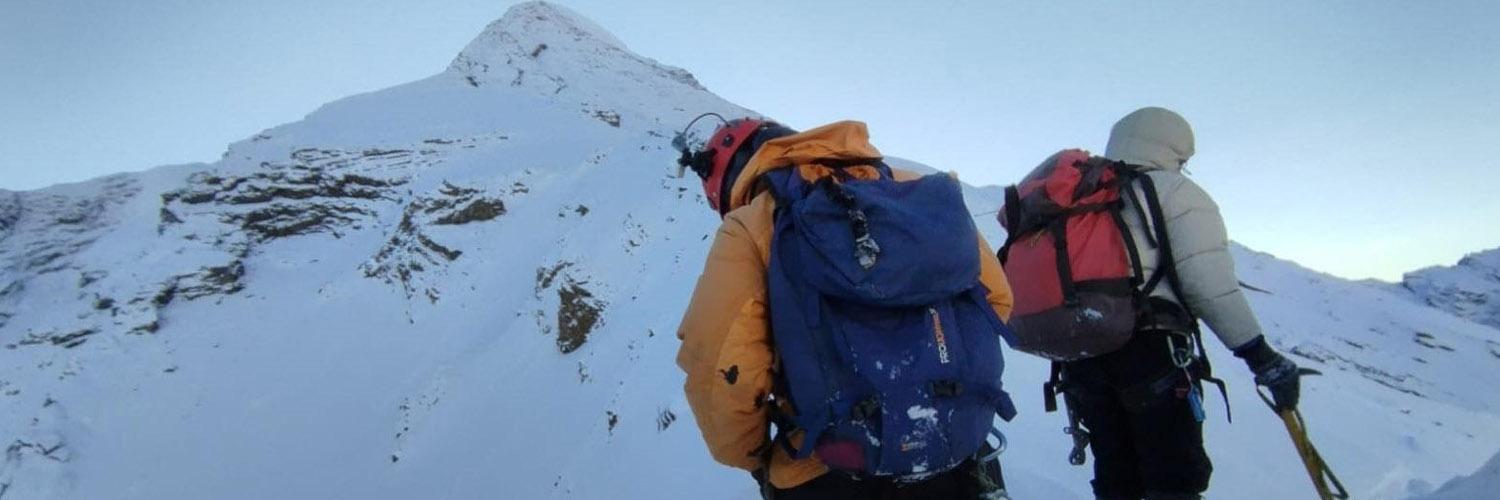What is Pisang Peak?
Pisang Peak is a 6,091-meter (19,983-foot) trekking peak located in the Annapurna region of Nepal, known for its scenic beauty and relatively accessible climb.
Where is Pisang Peak located?
It's situated in the Manang district, within the Annapurna Conservation Area, near the Annapurna Circuit trekking route.
What makes Pisang Peak climbing special?
It offers a rewarding climbing experience with stunning views of the Annapurna and Dhaulagiri mountain ranges, and it's often combined with the popular Annapurna Circuit trek.
How difficult is Pisang Peak climbing?
It is regarded as moderately challenging and calls for both strong physical condition and a basic mountaineering skills.
Do I need prior climbing experience?
It is strongly advised to have some prior trekking and basic climbing experience.
Which time of year is ideal for climbing Pisang Peak?
The most stable weather occurs in the spring (March to May) and fall (September to November) seasons.
How long does the Pisang Peak climb take?
The climb itself typically takes a few days (3 days), often integrated into a longer Annapurna Circuit trek.
Can I climb Pisang Peak and trek the Annapurna Circuit at the same time?
Yes, it's a popular and recommended combination.
What permits are required for Pisang Peak climbing?
You'll need the Annapurna Conservation Area Permit (ACAP) and a climbing permit from the Nepal Mountaineering Association (NMA).
Does climbing Pisang Peak require a guide?
Yes, hiring experienced and certified guides is mandatory and highly recommended for safety.
What equipment is required for climbing Pisang Peak?
You'll need trekking gear (warm clothing, sturdy boots) and climbing gear (crampons, ice axe, harness, ropes).
Can I rent climbing gear in Nepal?
Yes, most of the gear can be rented in Kathmandu or Pokhara, but it's recommended to bring your own if possible.
How do I prevent altitude sickness?
Ascend gradually, include rest days, stay hydrated, and listen to your body.
What are the risks involved in Pisang Peak climbing?
Risks include altitude sickness, weather changes, and potential accidents during the climb.
Is travel insurance required?
Yes, it is important to have comprehensive travel insurance that includes coverage for high-altitude climbing and trekking.
What lodging choices are available for the climb and trek?
Teahouses are available along the Annapurna Circuit, and tented camps may be used during the climbing phase.
What is the food like on the trek?
Teahouses offer basic meals, and during the climb, your team will provide meals.
How do I get to where the trek begins?
You'll typically drive from Kathmandu to the starting point, Besisahar, of the Annapurna Circuit.
Do I need to be aware of any cultural considerations?
When visiting places of religious sites, respect local traditions and customs and wear modest clothing.


